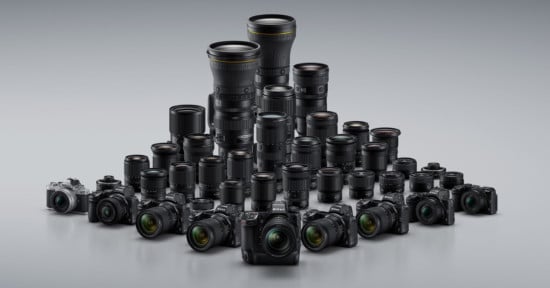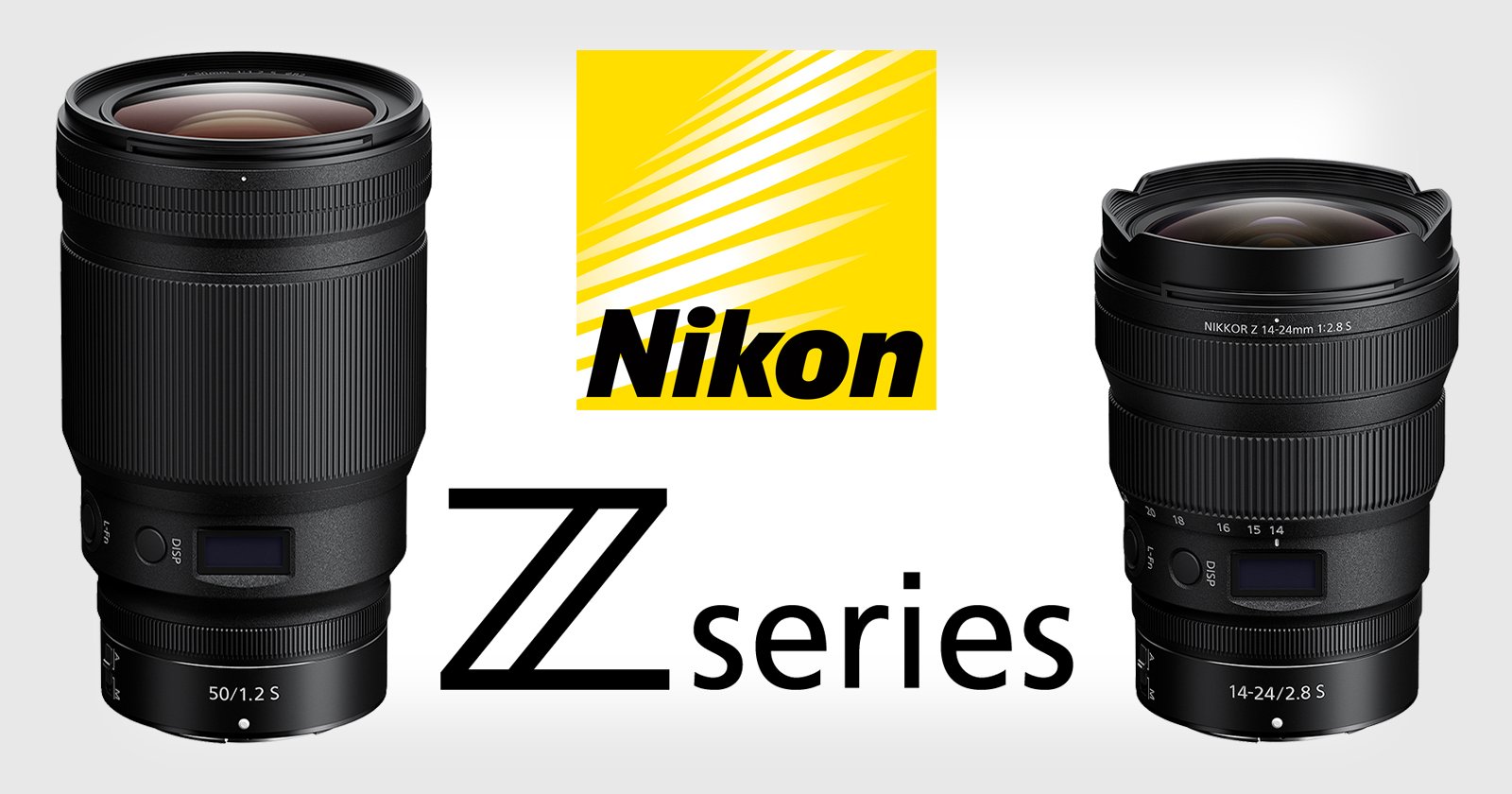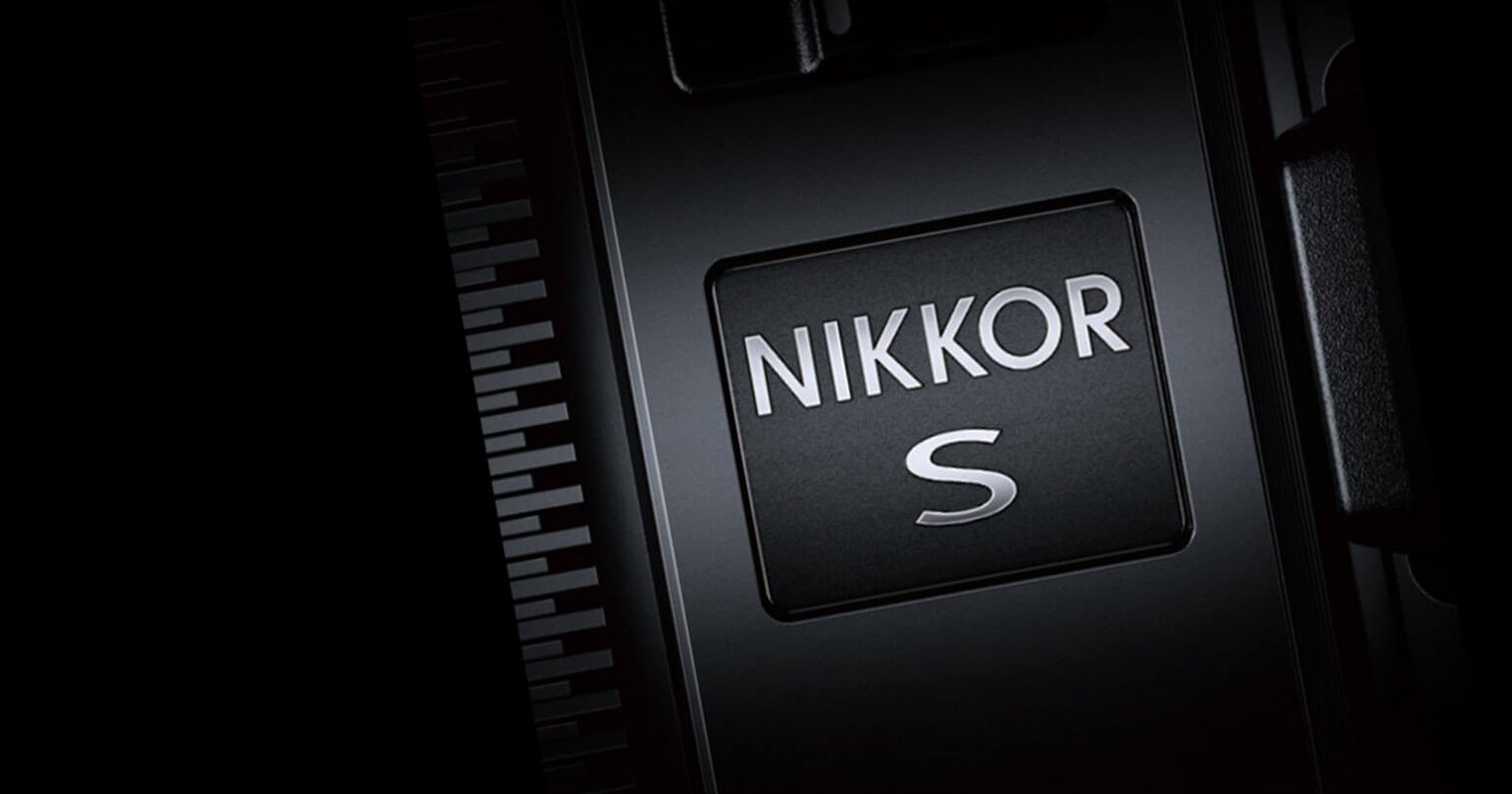The State of Canon, Nikon, and Sony’s ‘Holy Trinity’ Zoom Lenses in 2025
The majority of professional photographers pray at the Church of the Holy Trinity. That is to say that they make their daily bread with an ultra-wide f/2.8 zoom, a general-purpose 24-70mm f/2.8, and a 70-200mm f/2.8 telephoto. This is a tradition that has held true for decades from the time of the autofocusing film SLR to the modern mirrorless cameras of today. Good things come in threes so today we look at the best three lenses from the three biggest companies.
I took a look at the big three full-frame companies to see how each respective holy trinity of lenses stacks up. Nikon, Canon, and Sony all make excellent optics and I wanted to find which ones really stand out in the line. I do want to get across that the goal of this article isn’t to make it a competition between the three brands but rather a way to see what the state of each company’s professional lineup is and how it might appeal to someone looking to invest in these pricey pieces.
Nikon’s Holy Trinity
Nikon makes a killer ultra-wide zoom that is perhaps more versatile than the competition. This is because the Nikkor 14-24mm f/2.8 S reaches the widest and is still able to take filters. However, it is important to understand that this requires very bulky and expensive 112mm filters and an equally large but included adapter. The actual lens itself is remarkably compact and weighs only 23 ounces (650 grams). It is quite sharp throughout the range and the bokeh is pleasant enough when most ultra-wide zooms have middling bokeh in general. It will cost you a hefty $2,500.
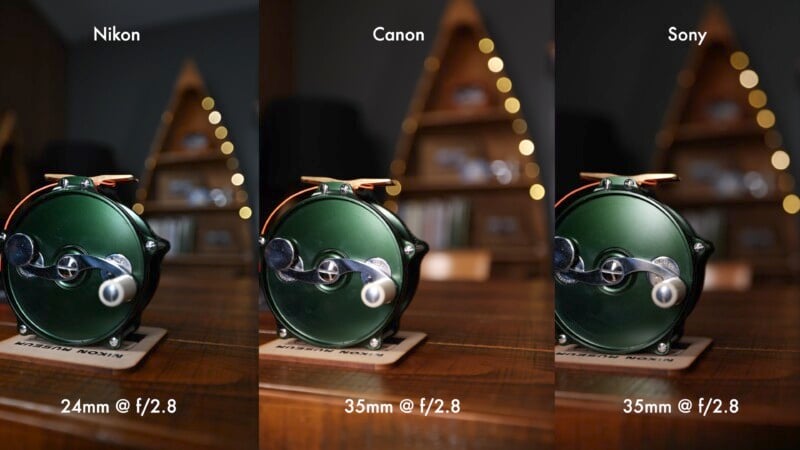
Nikon’s general purpose 24-70mm f/2.8 S is an oldie but it still delivers excellent optical performance. It’s in the middle of the pack when it comes to weight, at a decent 28.4 ounces (805 grams). I was quite impressed with how sharp the Nikkor was as it turned out center-to-corner performance at the top of the pack. It also has a beautiful rendering of out-of-focus backgrounds and delivers clean specular highlights. Easily one of the best 24-70mm lenses money can buy for $2,400.
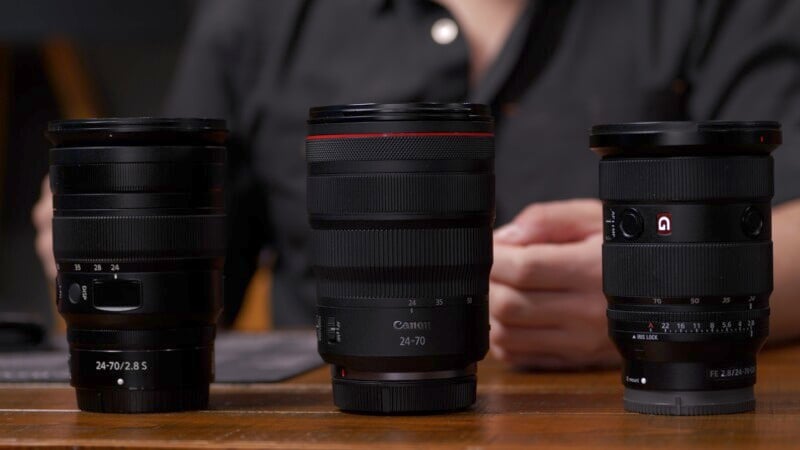
Nikon’s 70-200mm f/2.8 S is noticeably heavier and physically bigger than the competition, weighing a chunky 48 ounces (1360 grams). Unfortunately, this lens does start to show its age being slightly softer across its focal range at f/2.8. It is still absolutely capable of professional-grade shots but it benefits from the aperture being closed down slightly. Otherwise, it has nice, soft, and smooth bokeh and will run you about $2,700.
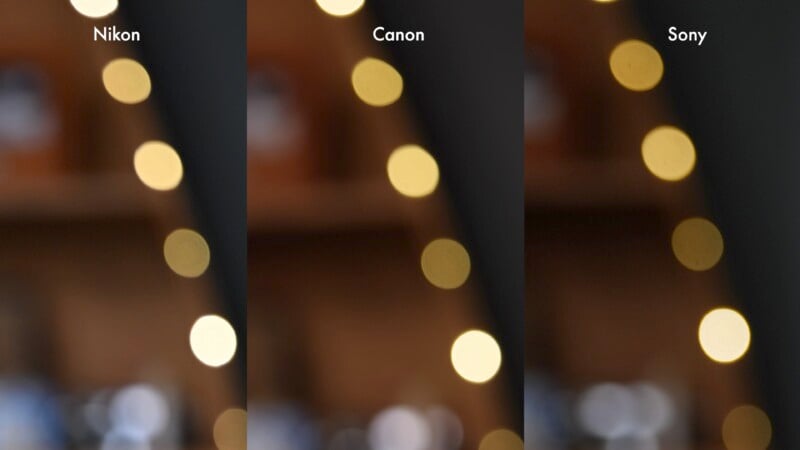
Canon’s Holy Trinity
Canon has an ultra-wide with a little bit of extra width as an RF 15-35mm f/2.8 IS L. The lens takes 82mm filters and weighs around 30 ounces (840 grams). Canon puts image stabilization into the 15-30mm which helps when using the lens on cinema bodies that lack IBIS support. The lens is decently sharp but it could be slightly better in the corners wide open and the bokeh is pretty harsh, although this is common with most ultra-wide zooms. There is also a bit of vignetting in the corners but the Canon 15-35mm is a useful lens for any working pro and runs around $2,400.
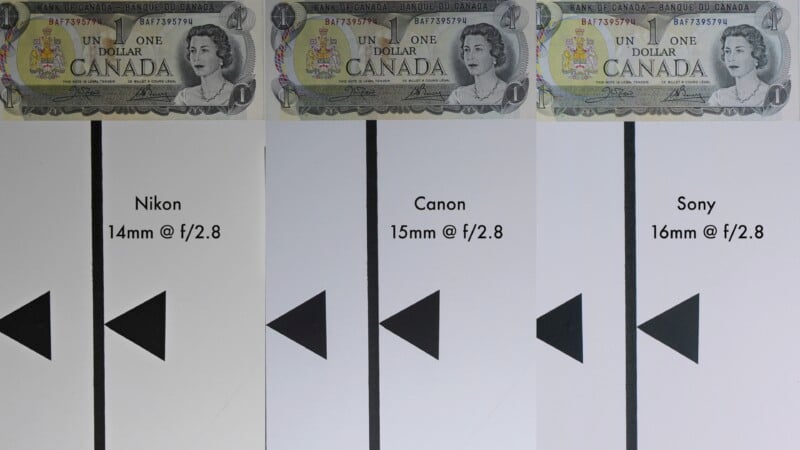
The Canon 24-70mm f/2.8 L has been around for a while too, and it is a robust lens to be sure. The 24-70mm tips the scales at 31.7 ounces (900 grams) and is physically girthy as well. It takes 82mm filters and is made to survive any environment you might encounter. It’s a heavy lens but at least it’s sharp. More so in the center rather than the corners though. At f/2.8 it tends to lag behind the competition when it comes to corner sharpness but the bokeh is beautiful. $2,400 is the price of admission if you need the best general-purpose lens Canon has to offer.
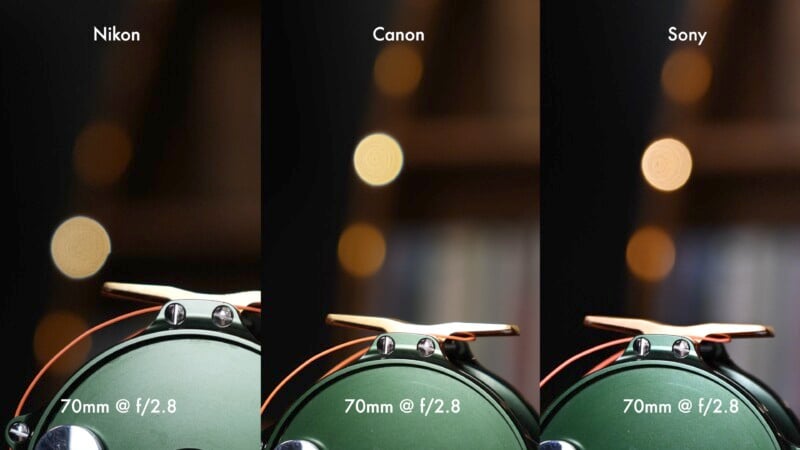
Canon’s 70-200 f/2.8 IS L Z is a brand-new design that aims its features towards a more video/photo hybrid way of shooting. The lens has a smooth-turning aperture ring that is largely intended for video work and a mount for an additional Canon power-zooming module. It’s physically larger than the original RF 70-200mm f/2.8 L but it only weighs 39 ounces (1115 grams). This is a very sharp lens with excellent detail throughout its range. The corners are also very sharp at f/2.8 and the lens is consistent across the frame. It will run you a hefty $3,000, making it the most expensive of the bunch.
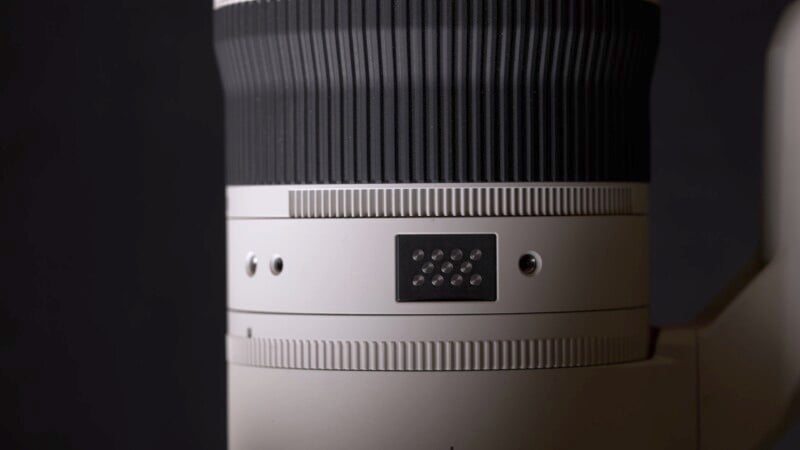
Sony’s Holy Trinity
Sony makes a very classic 16-35mm f/2.8 zoom as part of its trinity and we now have a G Master 16-35mm f/2.8 II that was recently updated to improve the Sony ultra-wide range. It uses an 82mm filter diameter but ends up being smaller and lighter than the other lenses, weighing in at only 19.3 ounces (547 grams). The manual focus ring does feel a little sloppy and it likes to flare just a bit more in bright conditions. The Sony is the least ambitious as far as focal length goes but it is also the most consistent lens for sharpness at f/2.8. Bokeh is fair with some onion rings present in the specular highlights and a somewhat harsh rendering of backgrounds.
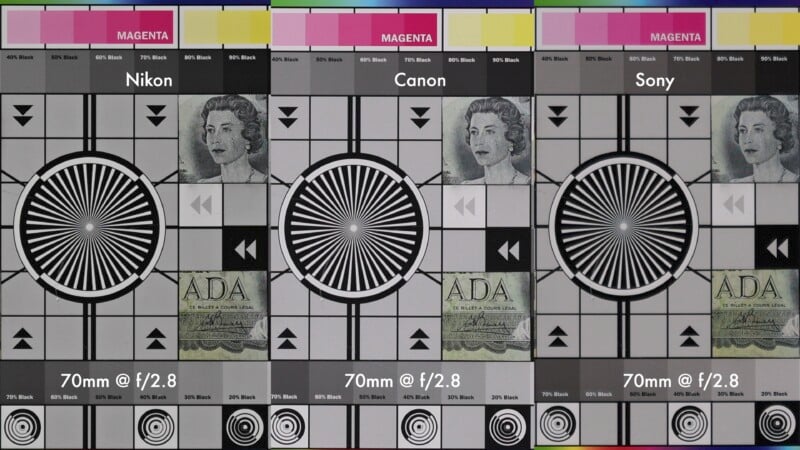
Another lens that recently got an update is the Sony G Master 24-70mm f/2.8 II. It is very compact and lightweight at only 24.5 ounces (695 grams) and takes 82mm filters. It is well appointed with customizable buttons and an aperture ring, plus it has a smooth/tight switch which puts more or less tension on the zoom ring. This is a very sharp lens rivaling the Nikon in both the center and corners at f/2.8. This sharpness is retained throughout the whole focal range. I have no complaints with the bokeh on this lens as it also turns out smooth transitions across the depth of the image and has nice-looking highlights.
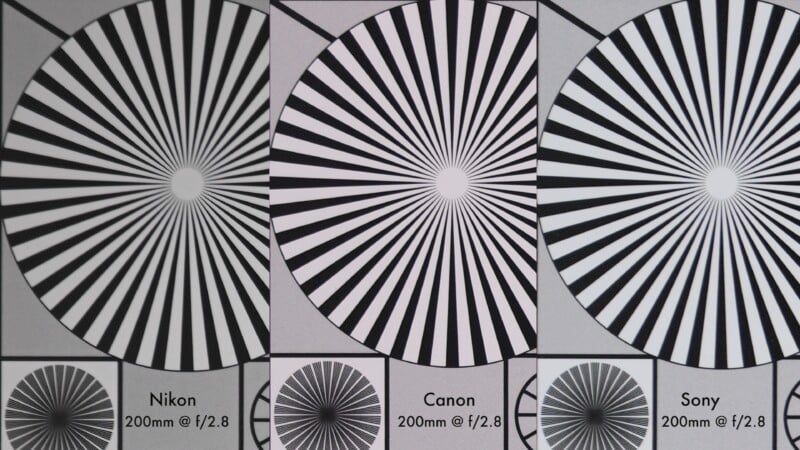
I sound like a broken record but Sony has also recently updated its older 70-200mm lens and the new G-Master II version is a big improvement. It takes a 77mm filter thread and weighs in at just under 37 ounces (1045 grams) making it very pleasant to carry around. Bokeh is gorgeous just like the Nikon and Canon options and this is a sharp lens no matter where you zoom it. The sharpness is consistent across the frame and turns out a very similar performance to the Canon version. This is a great lens overall but it will set you back $2,800.
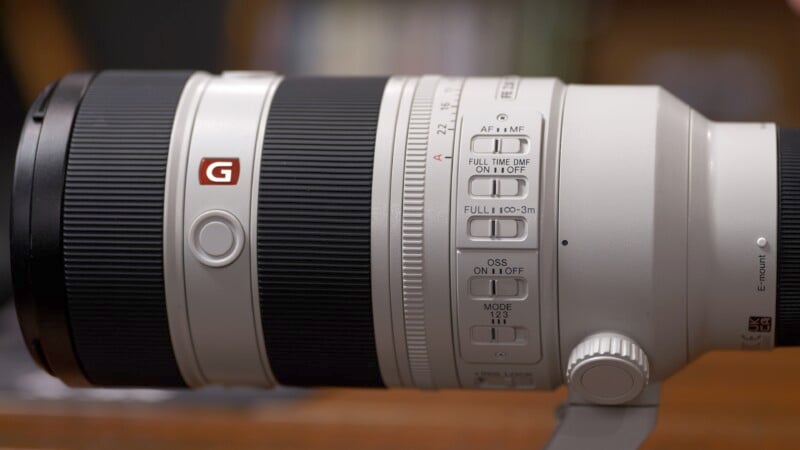
Where Do Canon, Nikon, and Sony Stand in 2025?
Comparing these three series of lenses from Canon, Nikon, and Sony leaves me with some thoughts about each of the company’s three pro lenses and I crunched some numbers to see how they compare.
Overall weight of the three lenses is important because most pro photographers will carry all three in a bag. The Nikon and Canon basically weigh the same with a combined total of 99.3 ounces (2,815 grams) and 100 ounces (2,855 grams) respectively. It’s the Sony system that really shines when it comes to weight savings with a combined total of only 80.7 ounces (2,287 grams). This makes a big difference over a long day of shooting with all three lenses.
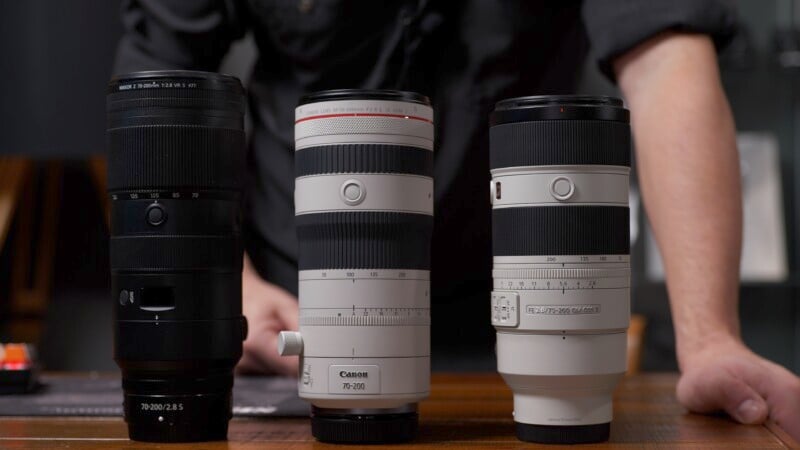
Every system is going to represent a big investment in money no matter which way you go but I wanted to see the total current cost for each kit. The Nikon system will set you back around $7.600 right now and the Canon edges that out with a total of $7,800. The Sony will save you a little money at around $7,400, but I would say that your total investment in lenses will be pretty similar regardless. I can’t think of many people who are going to consider all three systems though, without already being invested in one of the brands heavily. We can draw some conclusions though about each company’s state when it comes to the holy trinity of lenses.
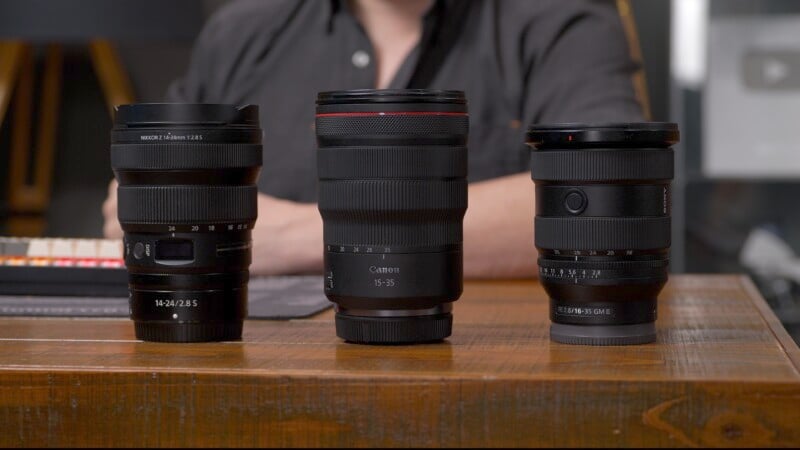
Sony has obviously directed much attention to making its system as compact and lightweight as possible and also benefit from having recently updated all three lenses. The result is that the Sony system is probably the most consistent optically across all three lenses. They also have a distinct advantage with far better third-party lens support than the other two.
Nikon has some of the oldest lenses in the fray but its ultra-wide and normal zooms are excellent to this day. I would say that the Nikkor 70-200mm f/2.8 could benefit from a new design, though.
Canon, on the other hand, has an excellent, albeit expensive, new 70-200mm lens but I found that the other two in its Trinity are lagging in corner sharpness compared to Nikon and Sony. Hopefully, we see Canon continue to update its line with some newer and lighter ultra-wide and normal zoom lenses.
No matter which system you find yourself using, however, rest assured that you are in good hands with some of the best lenses money can buy available to you.
